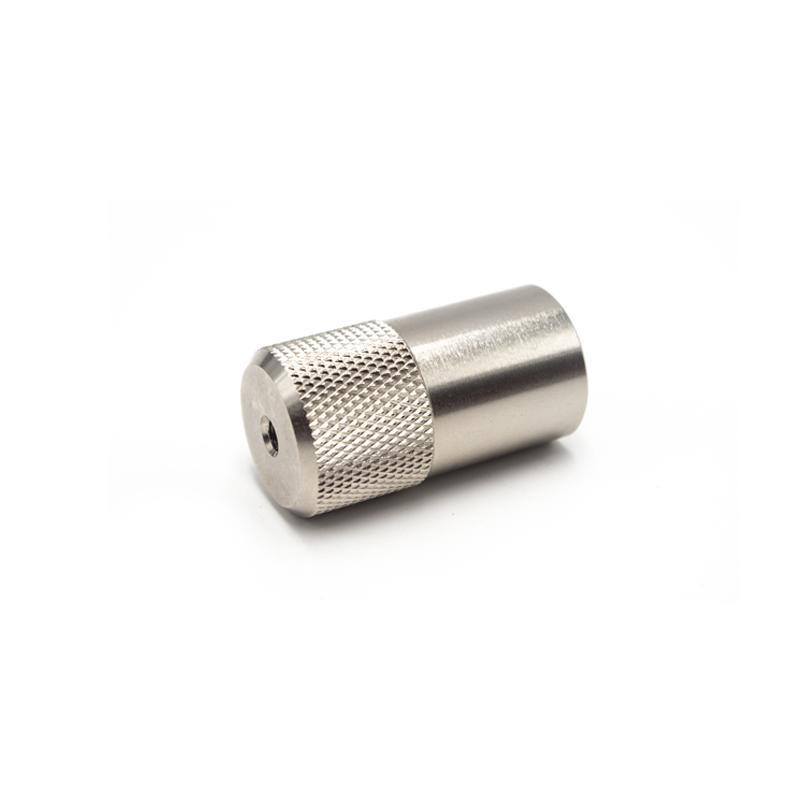Steps for CNC Machining Automotive Parts
2023-12-19
CNC machining plays a crucial role in the production of automotive parts, contributing to the manufacturing of components with high precision and accuracy. Automotive parts produced through CNC machining can range from engine components to interior and exterior parts. Here's a general overview of the process:
Steps for CNC Machining Automotive Parts:
1. Design and CAD Modeling:
- Begin with a detailed design of the automotive part using Computer-Aided Design (CAD) software. The design should include specifications such as dimensions, tolerances, and material requirements.
2. Material Selection:
- Choose the appropriate material based on the specific requirements of the automotive part. Common materials include aluminum, steel, stainless steel, brass, and various alloys.
3. Toolpath Programming:
- Generate a toolpath program that guides the CNC machine through the cutting process. The program includes instructions for tool movements, cutting speeds, and other parameters.
4. CNC Machine Set-Up:
- Prepare the CNC machine by securing the chosen material in the workholding device. Load the necessary cutting tools and calibrate the machine for precise machining.
5. CNC Machining Operations:
- Execute the programmed toolpath on the CNC machine. Machining operations may include milling, turning, drilling, threading, and other processes depending on the design requirements.
6. Quality Checks:
- Conduct in-process quality checks using precision measuring instruments such as micrometers, calipers, or Coordinate Measuring Machines (CMM). Verify that the dimensions and tolerances meet the specified requirements.
7. Surface Finishing:
- Perform additional operations for surface finishing to achieve the desired texture or appearance. This may include polishing, grinding, or applying coatings for enhanced aesthetics or functionality.
8. Assembly (If Applicable):
- If the CNC-machined parts are components of a larger automotive assembly, proceed with the assembly process according to the design specifications.
9. Final Inspection:
- Perform a final inspection of the CNC-machined automotive parts to ensure they meet all specifications and quality standards. Check for any defects, deviations, or imperfections.
10. Packaging and Shipping:
- Package the CNC-machined automotive parts securely to prevent damage during shipping. Label packages appropriately and ensure they are shipped to the desired destination.
Considerations for CNC Machining Automotive Parts:
- Tolerances and Precision: Automotive parts often require tight tolerances for proper fit and functionality. Precision machining is crucial to meet these requirements.
- Material Properties: Consider the specific properties of the chosen material, including strength, heat resistance, and corrosion resistance, to ensure it meets the demands of the automotive application.
- Volume of Production: CNC machining is suitable for both prototype and production runs. Consider the volume of parts needed and optimize the manufacturing process accordingly.
- Regulatory Compliance: Ensure that the materials and manufacturing processes comply with industry standards and regulations for automotive components.
Working with experienced CNC machining services or professionals with expertise in automotive part production is essential for achieving high-quality results. These experts understand the specific requirements and challenges associated with machining parts for the automotive industry.



